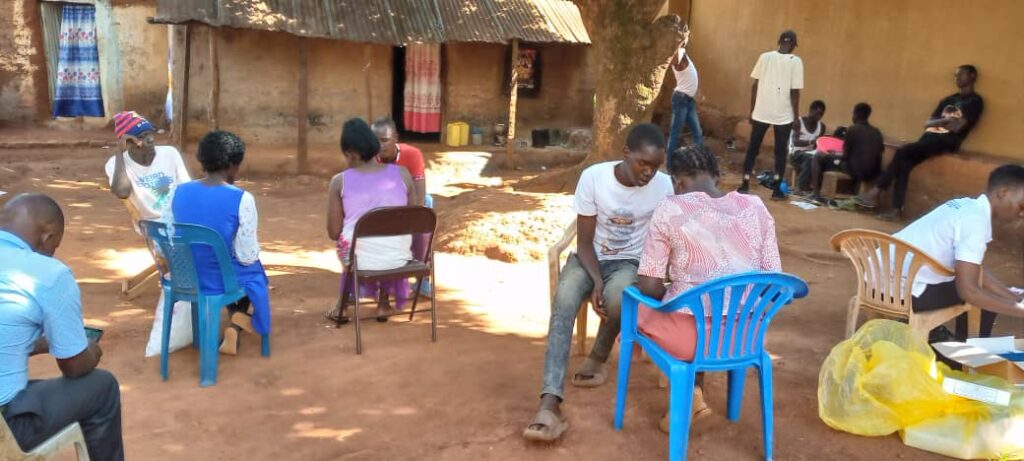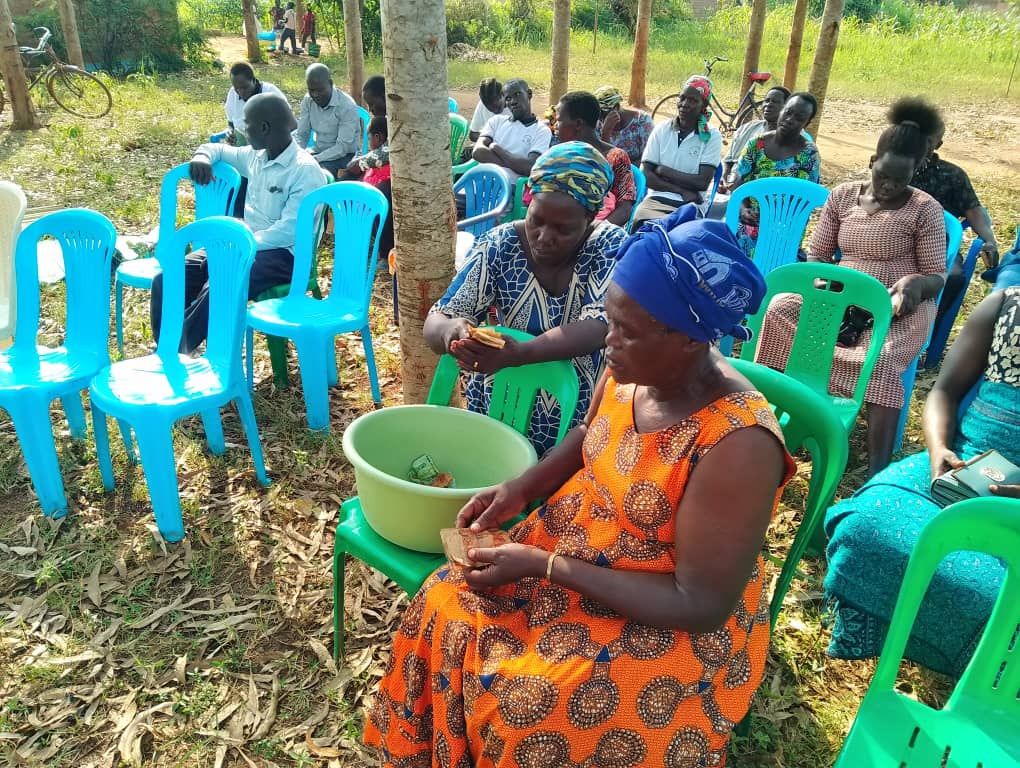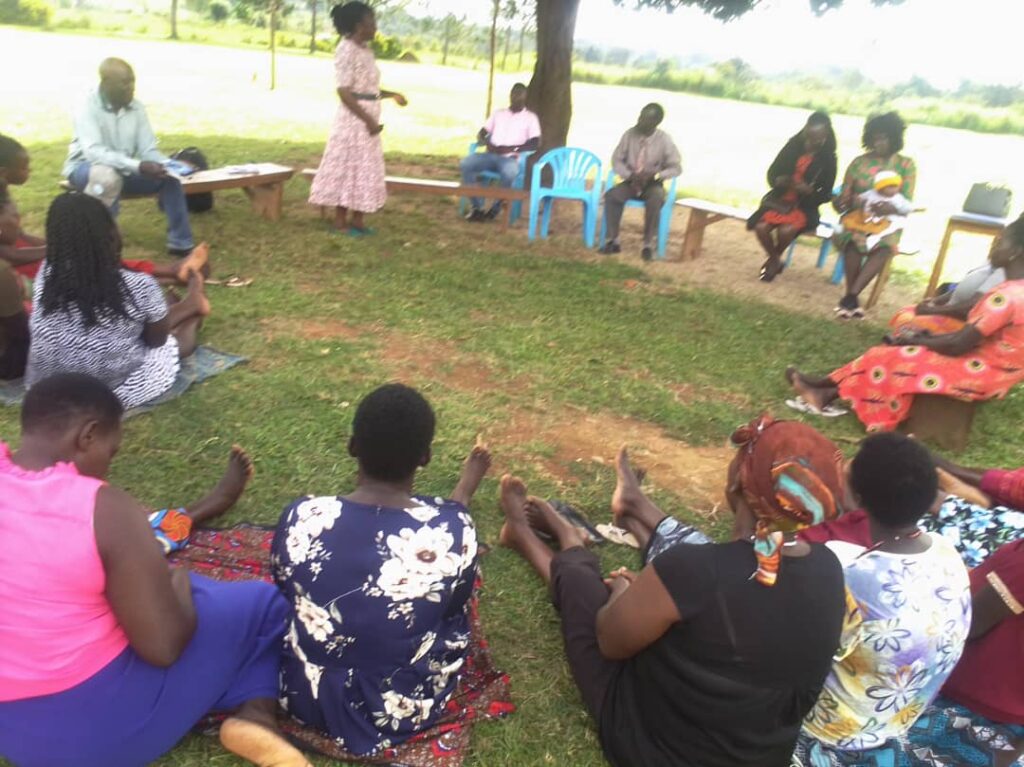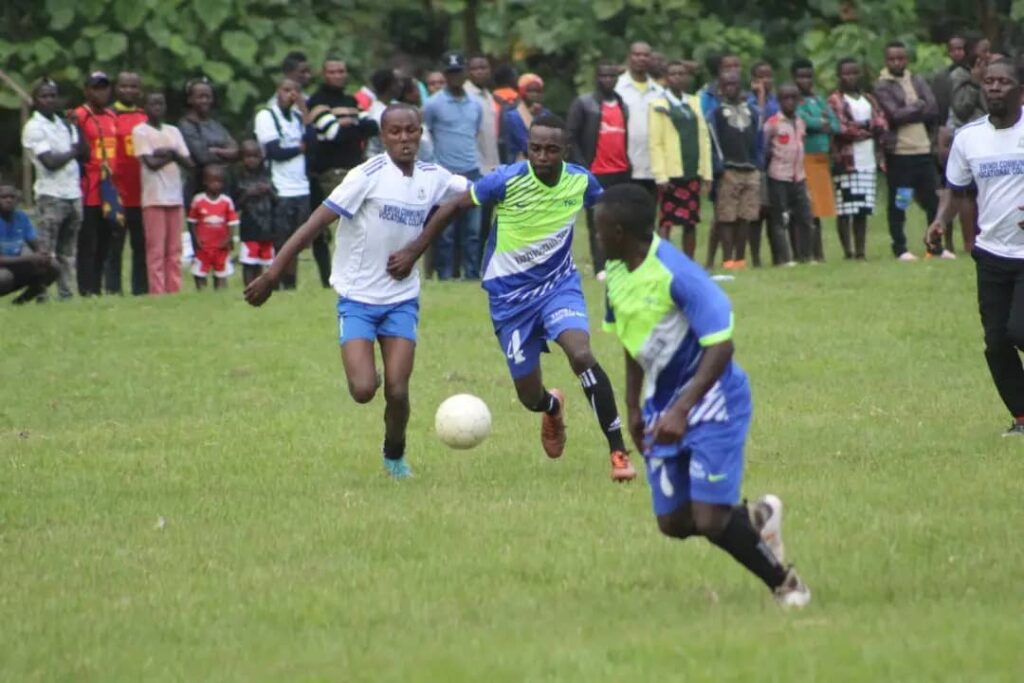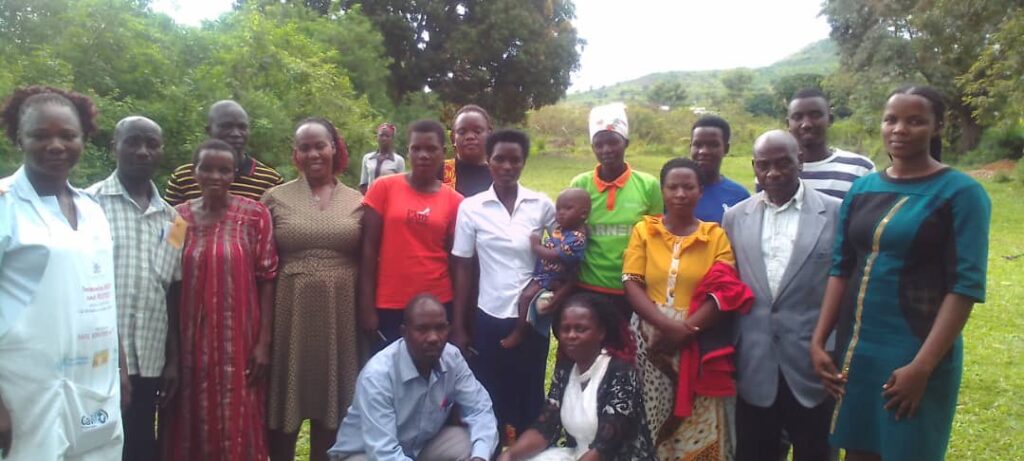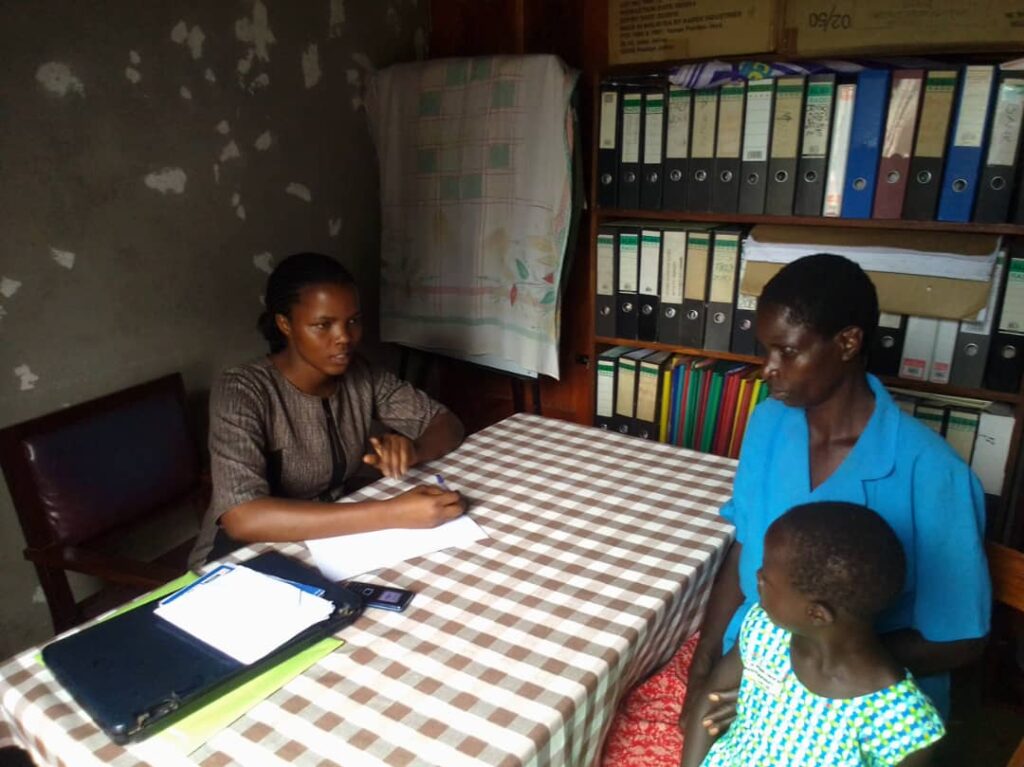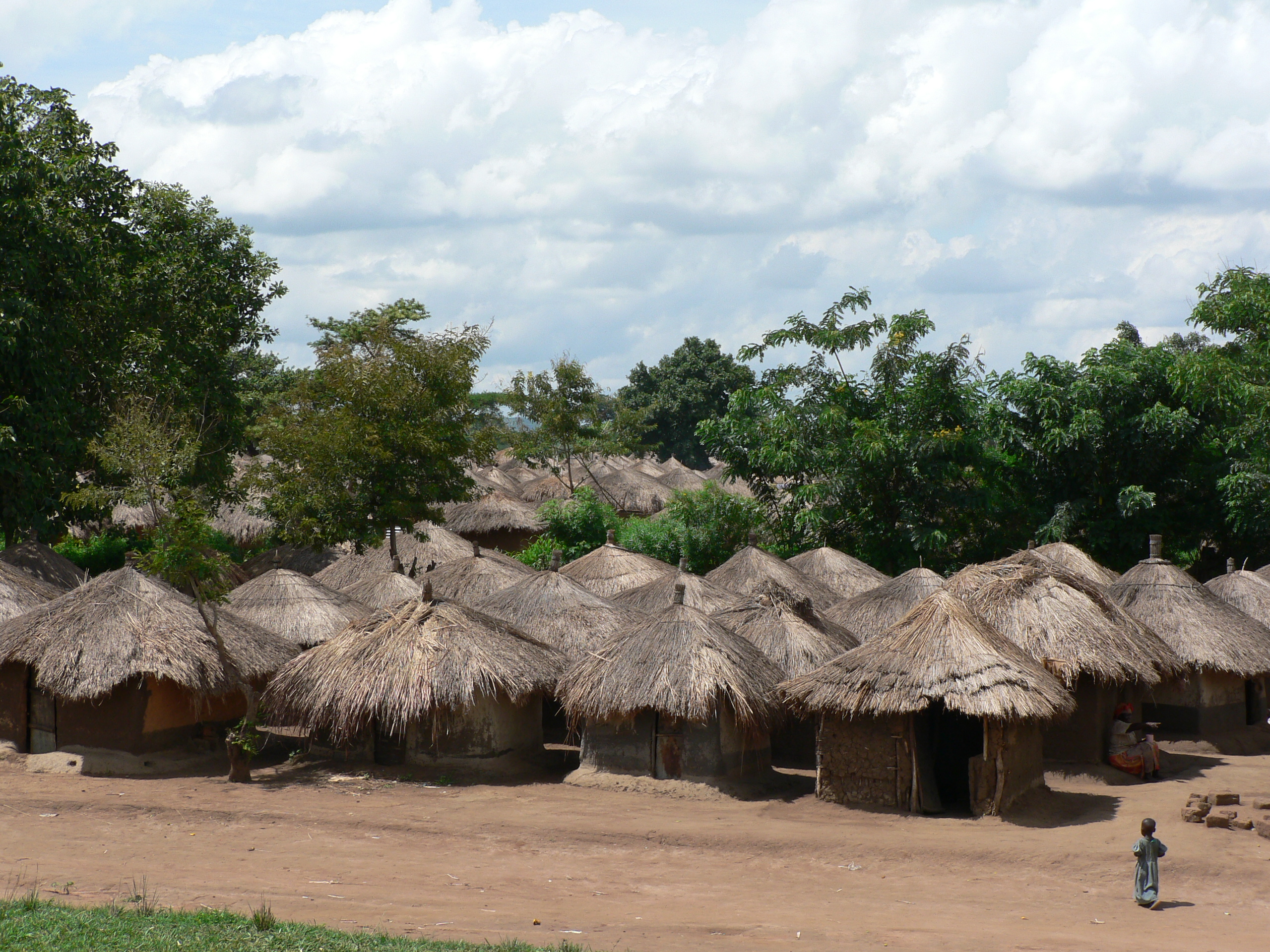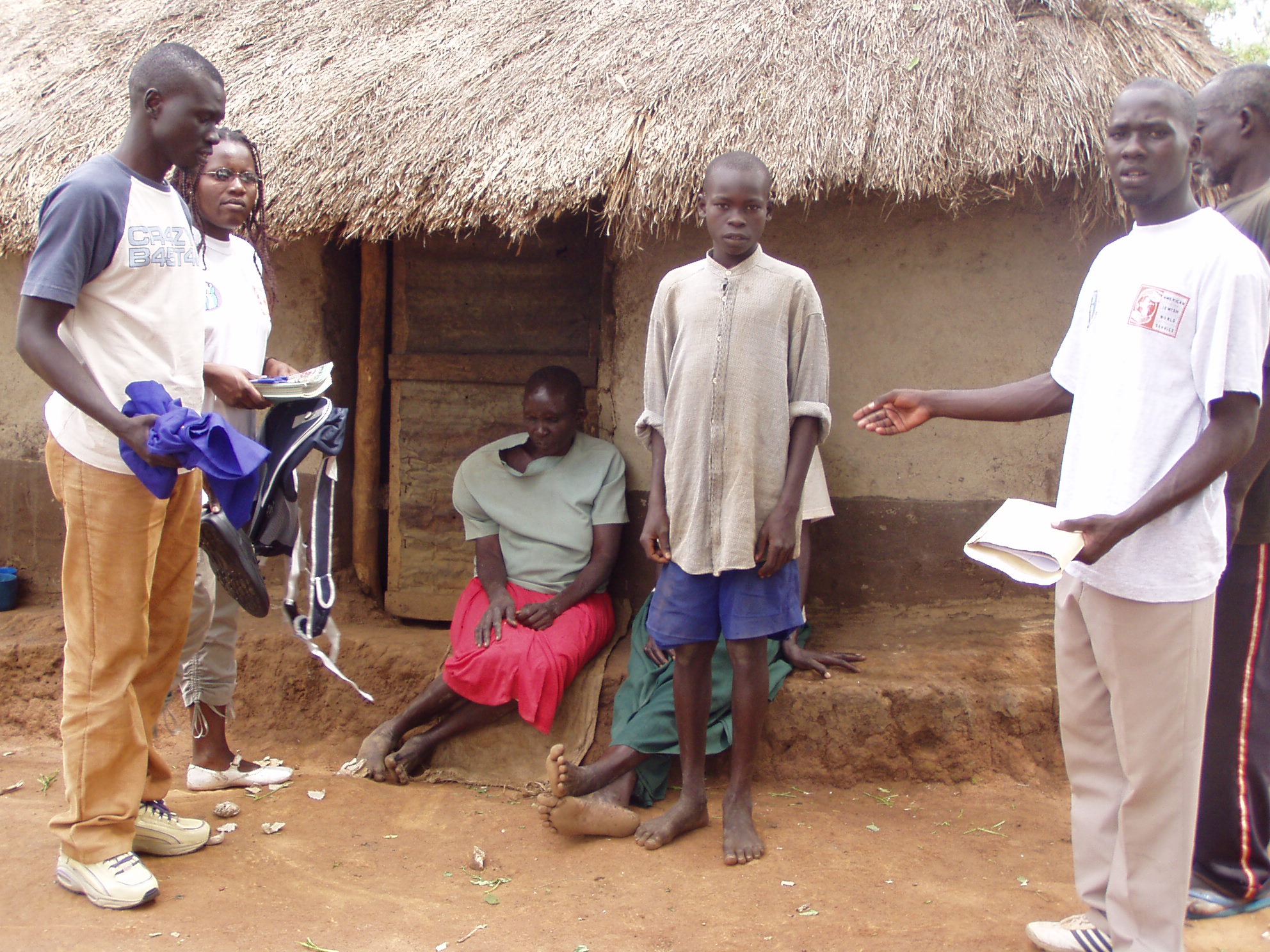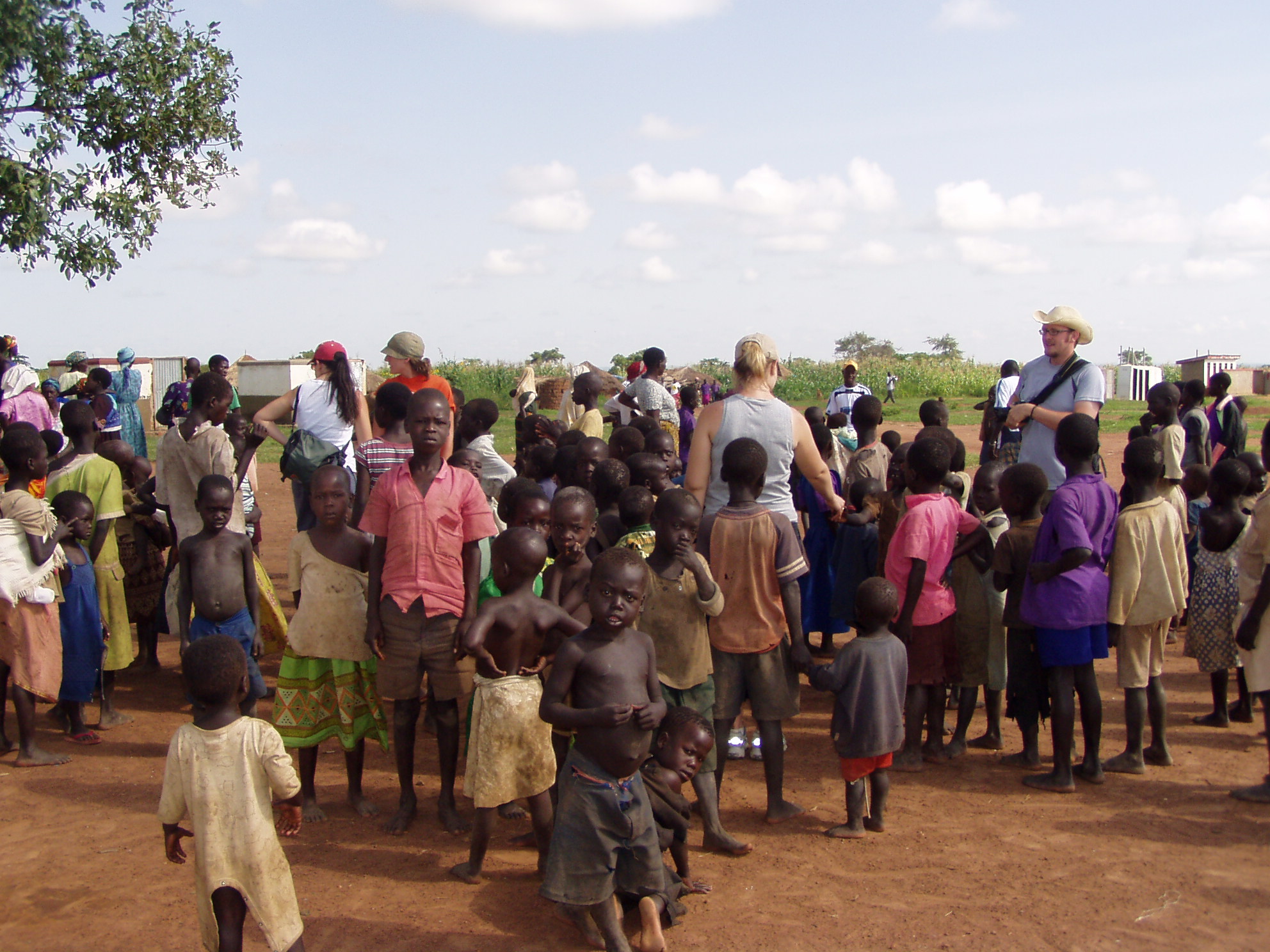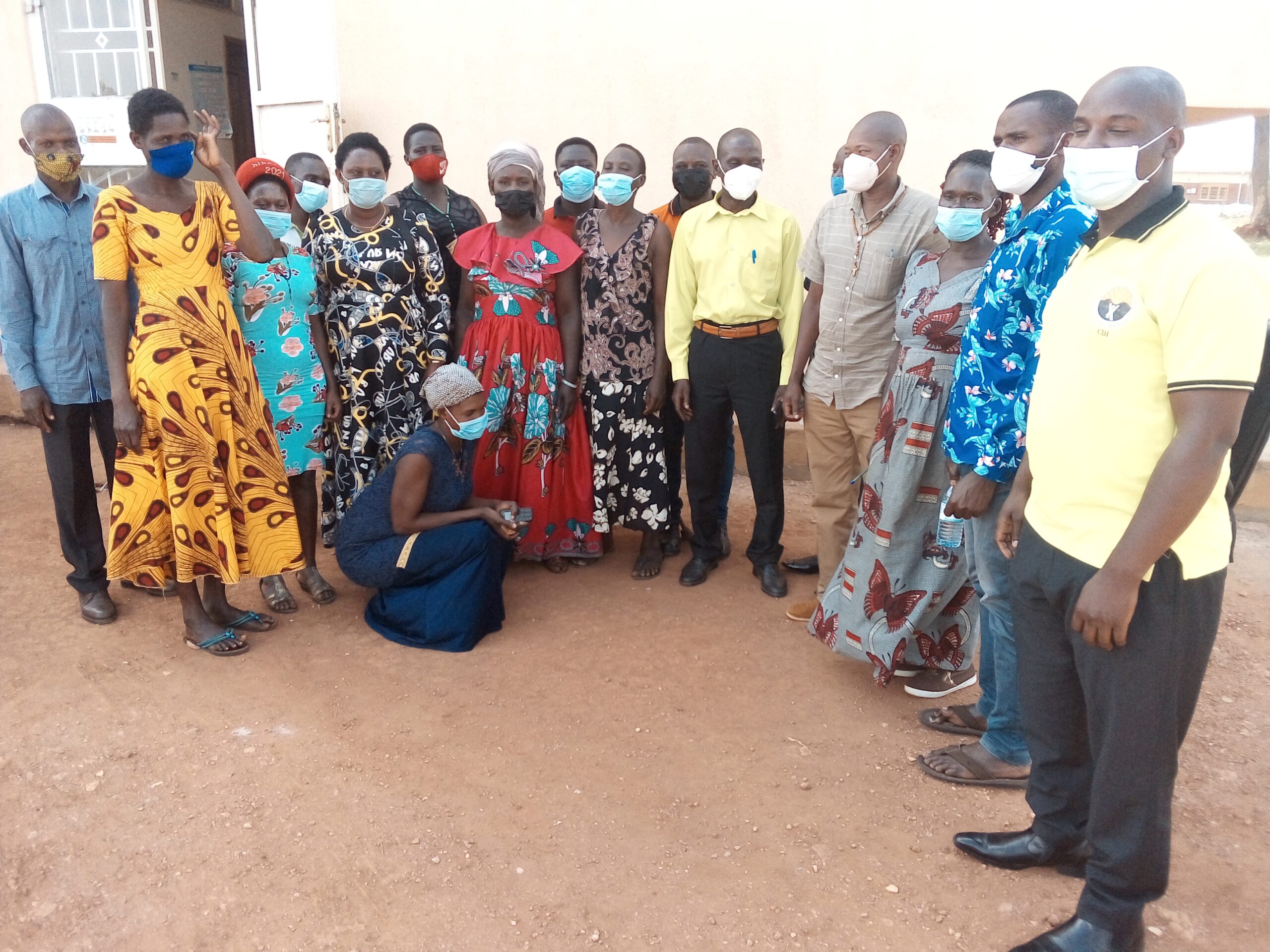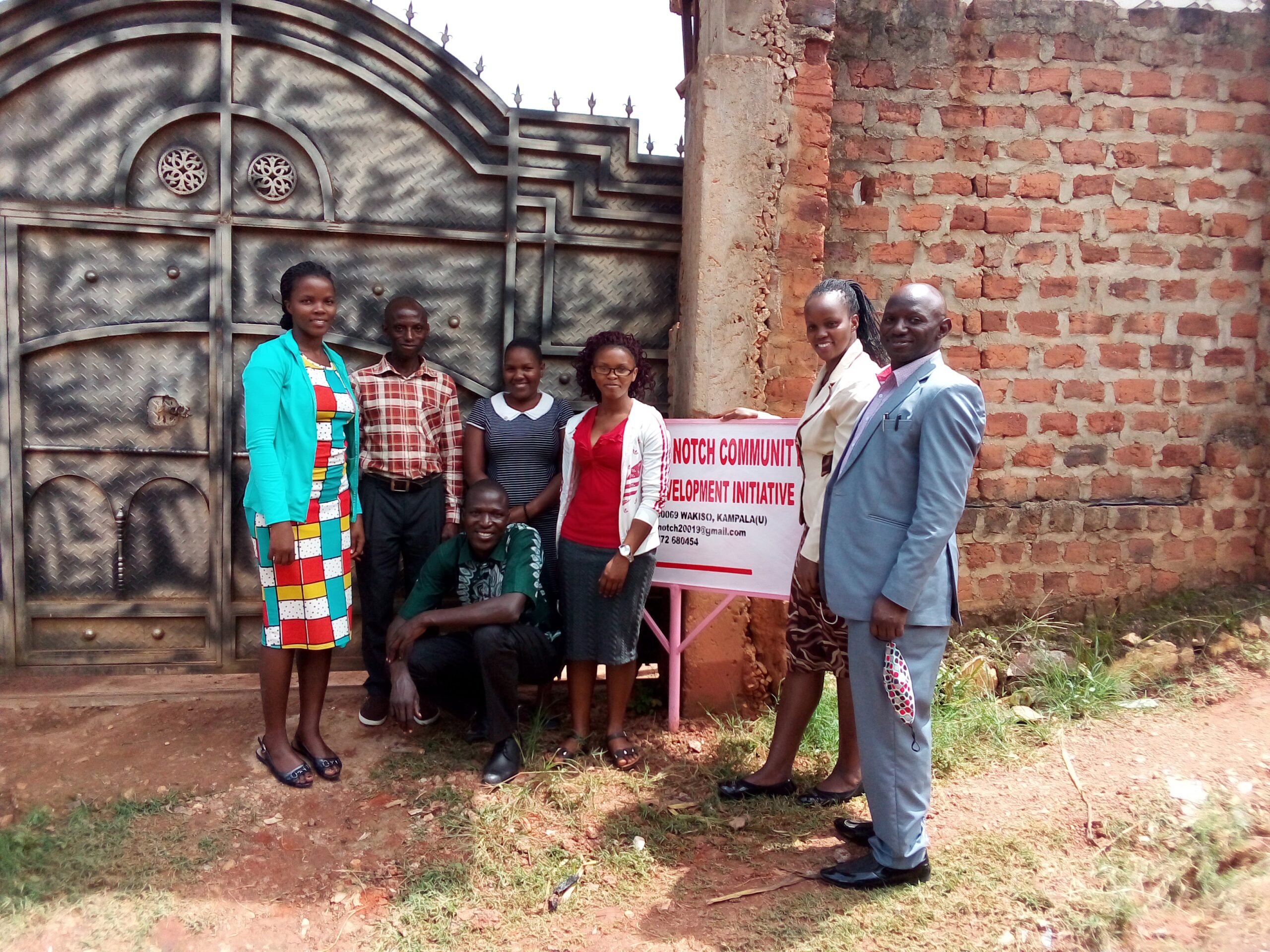Project name: The project shall be called “Top Notch Uplifting livelihoods in Lira” (TULL)
SDG 001: Goal 1 calls for an end to poverty in all its manifestations by 2030. · The international poverty line is currently defined at $1.90 or below per person per day.
Year: Top Notch Community Development Initiative was founded in 2018 and got its formal registration and recognition both locally and internationally in 2021.
Type of project: Social Economic Intervention (a livelihood community based project).
HASH TAGS:
#Capacity to generate earnings#
#Improving access to essential services#
#Encouraging sustainable development#
#Reduce poverty in all its forms#
#Skilling and mentorship to create positive mindset#
#Getting services like education, medical, infrastructure closer to the community#
#Cooperative and saving together for growth#.
TULL is meant to reduce poverty in all its forms to 9% from 23% currently in the project intervention areas. The ten indicators of poverty used include child mortality, nutrition, and years of schooling, school attendance, cooking fuel, sanitation, drinking water, electricity, housing, and assets.
This project is meant to improve the livelihoods of the people of Lira District. Apparently, the project targets reducing poverty in this part of the country. Official figures put the poverty rate at 12% -23% but physical evidence reveals a totally contrasting picture reflecting a much bigger proportion. Lira is one of the hardest hit District by the Civil war that ran between the years 1986-2004 launched by the “lord’s resistance army” led by the ‘infamous Joseph Kony currently on internal warrant of arrest list by International Criminal Court (ICC). The post war community has not fully recovered from the wounds of war to date. As such, alcoholism, living in internally displaced camps, food insecurity, alcoholism, disease, and mental health problems, limited access to factors of production including skills, cash, land, information, illiteracy, and poor health define this community. Lira District has a population of 478,500 [2020] living on 1,322 km² Area, with 76% being rural while 24% is urban.
We intend to reduce poverty in all its forms to a one digit percentage, improve capacity for job creation within the community through skilling and mentorship to create positive mindsets, improve access to services like education, medical, infrastructure. The project will also enhance livelihood through provision of seed capital that is rotational and interest free, support projects like fishing, tree farming, horticulture, and poultry among others. The project will also create a savings and borrowing base increase a borrowing base built through cooperative and saving together following financial literacy for growth. Overall the project will reduce poverty in all its forms by 7% from an estimated 12-23% currently.
Lira is not without running projects. Still, Lira still swims in various problems, including poverty manifested in severe hardships in attaining the basics of life, social economic breakdown and all forms of poverty mentioned earlier. Sad to note is that some of the interventions are for self-seekers whose interest is to benefit the initiators and promoters at the expense of the true beneficiaries. From this background, TULL needs all the support to do better, given the previous track record. We shall be grounded and impactful given our dedicated team, visionary approach and beneficiary centric approach where the beneficiaries will consume 85% of the project funding and resources while only 15% shall cater for project administration.
This project code named TULL shall use local people to ensure timely, honest feedback in monitoring and evaluation with the guidance of the project M&E staff. Still, we intend to hold brainstorming sessions during continuous needs assessments to ensure full participation of the beneficiaries or their representatives in our operational plans and addressing emerging needs. Sill we intend to do what the community thinks will help them improve their livelihoods not what we think will work for them (bottom top approach) and where the project shall be community led. TULL is a community driven project whose design has been done with direct input from the beneficiaries and other stakeholders through dialogues and Focused Group Discussions done during the design. Additionally Top Notch CDI is building on an existing project whose lessons and practices informs implementation in the next phase. We shall have quarterly evaluations and be flexible in our operational plans to suit any unforeseen and emerging needs. We shall front capacity building always and the person issuing the money shall be different from the one recoding and thumb prints shall be used to avoid forgeries of signatures. Top Notch will ensure high level documentation which include; onsite pictures and video evidence for our interventions.
Project country: Uganda
Number of people affected: more than 100.
In this project, “Top Notch Uplifting livelihoods in Lira” (TULL), Top Notch-CDI shall continue to work with its long term projects partner “Concerned Children Youth Association” (CCYA) to strengthen sustainable household and individual economic growth of the poor in Northern Uganda.
Major Causes and effects of poverty in Lira
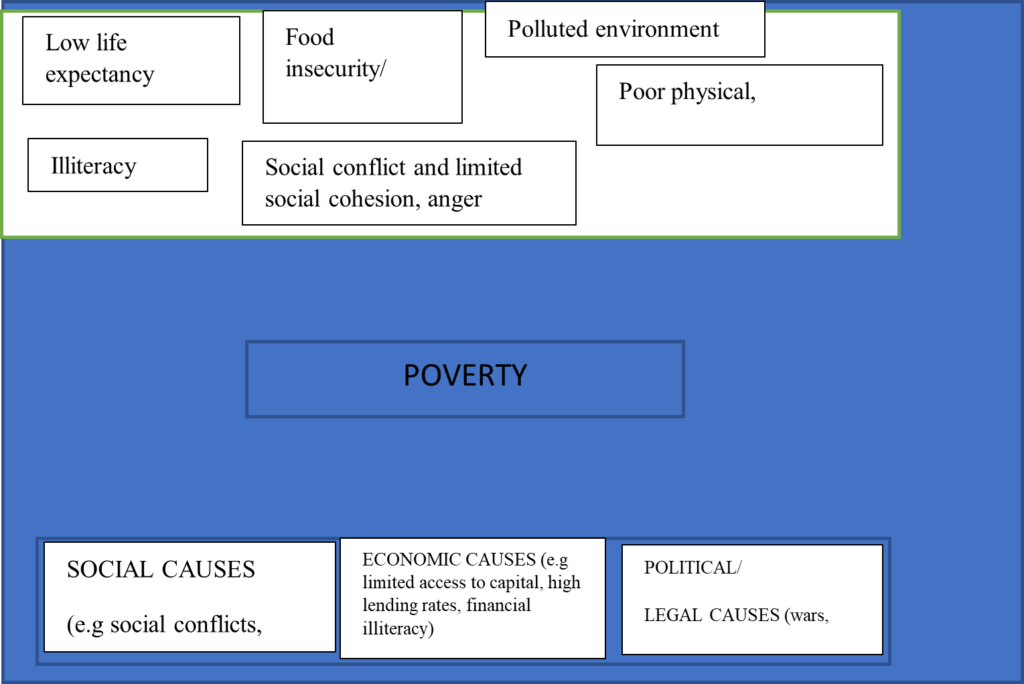
From the above diagram, poverty has several causes and effects which need to be looked in a multidimensional approach. This is the genesis of TULL.
OUR PLAN
Our plan shall be guided by the project objectives. These are described as follows;
- Provide 300 young people (15-24 years) with the necessary resources, training, and support to enhance their economic opportunities and self-reliance in Lira by 2027.
- Enhance the financial literacy and self-help financing capabilities of 300 young people (15-24 years) by creating groups and transforming existing social groups, such as drinking groups, into self-help support groups that engage in income-generating activities and community support initiatives i.e Village Savings and Loan Associations (VSLAs) in Lira by 2027.
- Improve income generation of 1000 young people (15-24 years) through crop and livestock farming in Lira district by increasing agricultural productivity through training on good farming practices, sustainable livestock management, and facilitating access to quality seeds, pest prevention methods, and effective animal health management in Lira District by 2027.
- Raise awareness about health living practices and promoting behavioral change to 1000 young people (15-24 years) in Lira District by 2027.
- To mobilise 100 widows into active groups the produce value added outputs for crafts, tailoring and other local products and link them to good markets.
- To rehabilitate 100 men out of alcoholism, depression and poor mental health into productive healthy people by 2027.
LAYOUTS (ACTIVITY PLAN)
| Objective | Activities | Current state | Desired state | Indicators | Frequency of data collection |
| Provide 300 young people (15-24 years) with the necessary resources, training, and support to enhance their economic opportunities and self-reliance in Lira by 2027. | Giving out resources, Training, Support supervision | The need is huge | 300 beneficiaries | Number of beneficiaries (direct and indirect) | Bi-annual |
| Enhance the financial literacy and self-help financing capabilities of 300 young people (15-24 years) | creating groups, community support initiatives | The need is huge | 300 beneficiaries | Number of beneficiaries (direct and indirect) | Annual |
| Improve income generation of 1000 young people (15-24 years) | Creating projects, Improving existing projects, arranging visits to successful projects for learning purposes, giving actual project equipment, linking youths to the markets for their projects. | over 70% of youths lack meaningful employment | Reduce this 9% in our project localities. | Number of beneficiaries (direct and indirect) | Annual |
| Raise awareness about health living practices and promoting behavioral change to 1000 young people (15-24 years) in Lira District by 2027. | Health community outreaches with local health workers and health facilities, medical education at health facilities using our ambassadors, providing reading material in local languages to educate locals about health, routine tests | Large extent of myths and poor knowledge on health | 1000 to be changed to a better state and become ambassadors. | Number of beneficiaries (direct and indirect) | Quarterly |
| To mobilise 100 widows into active groups the produce value added outputs for crafts, tailoring and other local products and link them to good markets | To identify widows, group them, do needs assessment, empower them and make them confident and capable. Create savings groups for only widows to meet their unique needs. | Many widows currently not sure of tomorrow | 100 beneficiaries directly and over 400 indirectly | Number of beneficiaries (direct and indirect) | Annual |
| To rehabilitate 100 men out of alcoholism, depression and poor mental health into productive healthy people by 2027. | To identify destitute men, register and educate them and provide alternative livelihood means, connecting them to social workers in the areas and meeting rehabilitation cost while monitoring their progress. | Many men, whose numbers are not quantifiable with certainty living as alcoholic or drunkard and wasted life | 100 direct beneficiaries and over 300 indirect beneficiaries. | Number of beneficiaries (direct and indirect) | Annual |
Descriptions of the Current Approach
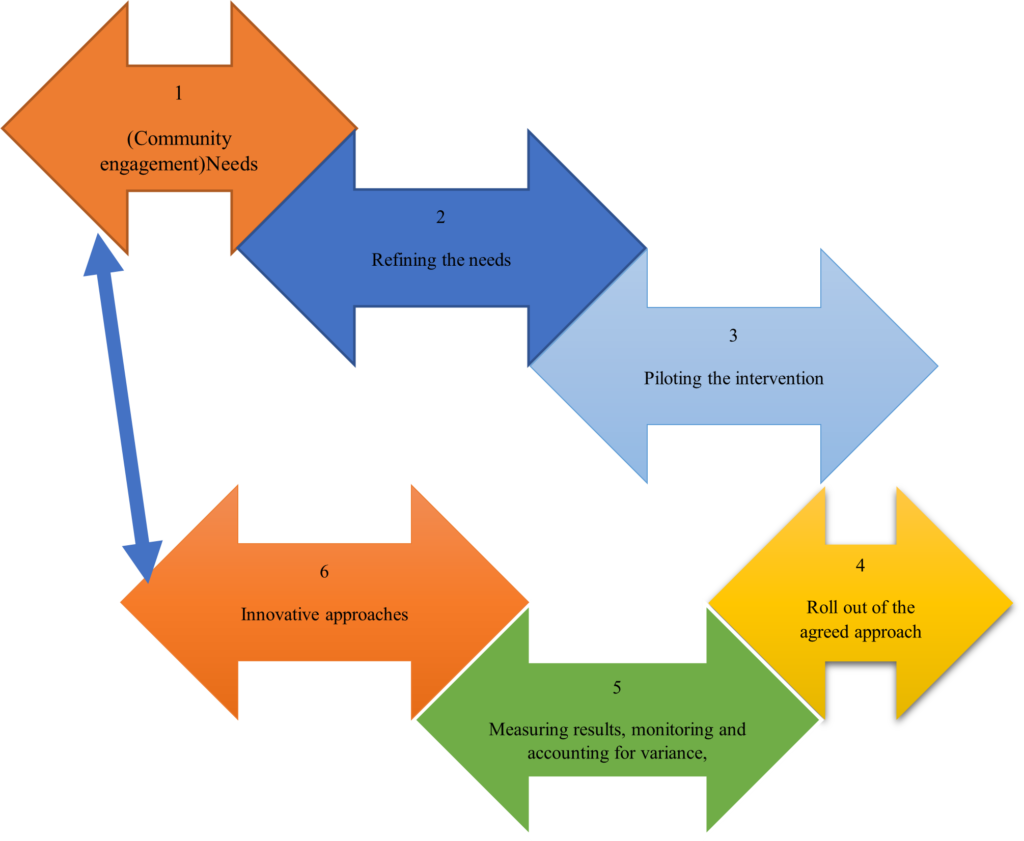
In the above approach, we shall ensure flexibility and consistence as well as constant monitoring, review and innovativeness for every project intervention. This will have advantages of ensuring that the objectives are effectively and efficiently achieved.
Beneficiary targeting
For each objective (and thus project intervention) we shall target the most suitable beneficiary using the community representatives and local leadership to guide on this. Previous projects have messed up this by selecting beneficiaries who are already benefitting from other interventions and leaving out the neediest, hence getting minimal visible impact. We shall avoid this through careful targeting. Our beneficiaries shall be those who are in need but have missed out on previous interventions and currently not enrolled in running interventions.
The project team
To execute this project exceptionally well, we shall constitute a team with key personnel as follows
| Designation | Role | Reporting to |
| Project manger | To oversee the whole project execution | To donors |
| Project accountant | To account for all the resources of the project, physical, financial and so on. | To manger and project team |
| Project public relations and community liaison officer | To disseminate all appropriate project information in the suitable format suiting the various stakeholders. To sell out the project and make it known and liked. | To project team and written reports to project manager |
| Operations manager | To supervise and align project resources and activities and resource levelling. | Manager |
| Head of research and training | To carry out research to improve on the project progress. | Manager and project team |
| Monitoring and evaluation officer | To ensure that the project is on track and make reports recommending better approaches | Manager and project team |
| Project support staff | To carry out project daily activities | Operations manager |
| Community representatives (2) | Help in identification of the most suitable beneficiary and follow on the interventions | Operations manger |
Project budget
For the project budget, the breakdown, regardless of the amount shall be mainly broken down as follows;
| Item | Percentage of the budget | Reason |
| Project administration | 15% | To ensure that project officers are facilitated to run the project activities |
| Project activities (benefiting beneficiaries directly) | 85% | To ensure that most of the funds go to activities that benefit the beneficiaries. Many of the failed or less impactful interventions have seen project funds being sunk into fat salaries of project officers at the expense of the beneficiaries. This leaves beneficiaries benefiting less and implementing officers getting the largest chunk of the benefit. We shall avoid this mistake. |
Project sustainability
We intend to build sustainability through capacity building and letting the communities to appreciate and own the projects and contribute through initiating economic activities and savings groups. This way, they can run even after our interventions.
Future Plans
Top Notch CDI remains committed to expanding our Livelihoods Project to reach even more individuals in need. With support from social impact prize, we aim to multiply our impact in future and reach out to a larger geographical area and have a deeper and sustainable impact on the community.
Previous interventions and experience
Top Notch has demonstrated proved capacity to carry out projects targeting improving community’s state of life. Borrowing from the previous projects groups put together their savings which are given to members in turns as loans. Similarly supply of capital has been continued through the group model where groups were given poultry to be raised and upon laying, the first eggs were taken to the hatchery by the group members to supply indivuals with chicks to raise individually. The case is the same for those who carried out piggery the first pigs were given to the group which were raised and individual members received their individual piglets when the animals produced. This enhances sustainable capital to the members.
In our previous interventions, we have ventured into various activities that are summarized below;
Key Activities and Support Provided
Self- help financing and Financial Literacy: Beneficiaries received training in financial management and the power of pulling resources together to form savings and borrowing groups to help them start their small businesses and other livelihood opportunities. Village Savings and Loan Associations (VSLAs) have been the cornerstone of the beneficiaries’ successes impacting more than 1000 individuals.
Agricultural Support: 600 farmers were trained on good farm practices both for animals as well as crops. Nutrition and feeding training cover the dietary needs of various livestock, balanced diet formulation, and grazing management, stock breeding selection, understanding reproductive cycles, and managing pregnancies. They were also supported construct appropriate shelters, waste management, and maintaining biosecurity.
Market Linkages: Our project facilitates connections between local producers and larger markets, ensuring that the products of our beneficiaries reach a wider audience
Conduct community to avert alcoholism and other drug and substance abuse -dialogues and support groups to raise awareness about the dangers of alcohol abuse, provide counseling services, and promote alternative income-generating activities to reduce dependency on alcohol brewing and consumption benefiting several villages and 100s of indirect beneficiaries.
Progress to-date
Through our dedicated community-led livelihoods Project aimed at empowering individuals and families to achieve sustainable economic stability and improved quality of life, at least 1,870 have been reached in Lira district and city reached and benefited who include; Women, men, Youth including AGYW. Top Notch CDI used holistic approach which does not only support livelihood but also knits the social fabric by enhancing self-help among the communities where groups work together to support members during hard times but also pull their local resources i.e through SACCOS. The Groups beneficiaries have been provided with the necessary resources, training, and support to enhance their economic opportunities and self-reliance. Leading to a more secure future.
During the year 2023 Top Notch CDI responded to a call for abstracts by the Aids Symposium and Scientific Congress in Uganda, the biggest Conference held annually in Uganda led by Uganda AIDS Commission (UAC). Three abstracts from Top Notch CDI were selected for show casing during the symposium was Empowering Communities in Lira District and City which was recognized as a winning concept not only for fighting poverty but also for fighting HIV in the country through reducing substance abuse. Stakeholders called for scale up of the project, given resources. These are part of the resources the current intervention seeks to align to ensure that our impact is better felt.
Success Stories
Pamoja Twaweza Group Story: Pamoja Twaweza is a group supported by Top Notch CDI- the group is composed of 43 members; the group is both a welfare group where members support each other during hard times but also an economic and empowerment group( details on https://topnotch-cdi.org/success-stories/)
Calvin’s Progress: am 19 years old, live in Omito Bung cell in Lira district, when I heard about Top Notch- CDI I joined a group of young people in our cell who were being supported by the organization (details on https://topnotch-cdi.org/success-stories/)
Jane’s Story: “My name is Jane Madilo, a member of Pamoja Twaweza group, am from Teso bar cell but Joined the group in the year 2022 supported by Top Notch -CDI in Omito Bung A because they used to meet near my garden, the group started as a social group where members stand with each other especially (details on https://topnotch-cdi.org/success-stories/)
Top Notch Community Development Initiative Ltd (Top Notch-CDI)
Contact person: MWESIGWA ROBERT +256772-680-454
Project director
ABOUT US
Top Notch Community Development Initiative Ltd (Top Notch-CDI) is a national level NGO which was founded in Uganda in 2018; and formally registered as an NGO to become a legal entity in 2021 with registration no.80020003286508. The organization is headquartered in Naluvule- Wakiso, Hoima Road with three liaison offices in Lira, Kyenjojoa and Hoima Districts. Its accessible on online on: www.topnotch–cdi.org
Our vision is “A world where the most vulnerable enjoy impactful and sustainable services they desire” and this aligns with our mission “ To provide the most impactful and sustainable context specific services through alignment with government and other partner development frameworks, community resilient building, and people centered service delivery approaches”
Our Objectives include; To contribute to the prevention of communicable and non-communicable diseases among the vulnerable people in society; To build resilient community level structures that are able to protect and sustain long term project and programme benefits at community level (.details on website www.topnotch–cdi.org). Our values include; Sensitivity and responsiveness, Value for money-result oriented, Transparency and accountability (.details on website www.topnotch–cdi.org).
The organization is guided by the 5-year strategic plan running from 2023-2027. Our key programs include; Youth employment/skilling/talent development / livelihoods , Population, Health and Environment (PHE), Water, Sanitation and hygiene, Education , Prevention of Sexual harassment, Exploitation and Abuse (PSHEA) , Child Safeguarding (details on website www.topnotch–cdi.org).
Cross-cutting approaches to programme delivery:
- Interventions are demand and evidence based driven
- Leverage partnerships, alliances and collaborations
- Use holistic, multi-sectoral and integrated approaches
- Age specific, cultural and gender sensitive programming
- Community led programming and implementation
Geographical coverage:
Top Notch Community Development Initiative operates in all regions and districts of Uganda where there is need, community will and hunger for real and lasting change. To-date (2022) we operate at grassroots levels in the following districts: Lira District Local government, Lira City, Hoima District Local Government, Hoima city, Wakiso District, Kyenjojo District Expansion plans include Busoga and West-Nile
Governance and Management Structures
Board: Top Notch-has 7 Board members with diverse experience and skills who meet on quarterly basis to provide oversight to the organization. It has 3 sub-committees: (1-Programs-2-Finance and 3-Policy).
Departments: The organizations has three (3) established departments of Programs/innovations, Finance and MEAL/communications.
Systems/policies: The organization has strong internal systems such as financial and human resource policies, procurement policy, partnership policy, safeguarding policy, internal MEAL systems, support supervision policy among others.
Staffing: Top Notch as audited books of accounts 2021 and 2023. Audit for the year 2023 is under way. The organization has 12 staff (8 full time and 4 volunteers). At community level, Top Notch works with community health extension workers including VHTs.
Management
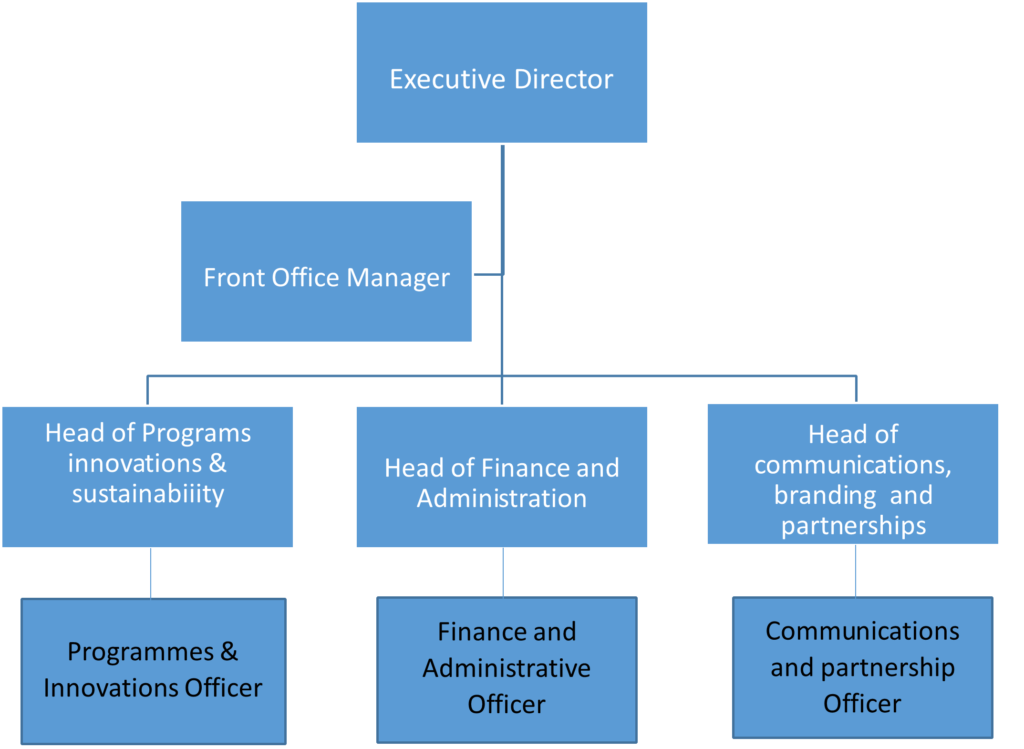
Key Partnerships/Donors and areas of partnerships
- Africa Reach -eMTCT
- International Community of Women Living with HIV-Eastern Africa- HIV, TB and Malaria
- Joint Efforts for Rural development (JEFORD)-Hoima -PSHEA and Education
- Concerned children Youth Association (CCYA)-Lira-Youth skilling,
- Thrive -Wakiso-SRHR
- All district local government and cities above
THE PARTNERS
In our project intervention, we shall borrow the competences, expertise and networking capacities of various partners as per the narrative below;
1. Top Notch CDI:
– Lead the project implementation and coordination
– Provide technical and financial resources
– Facilitate training and capacity-building workshops for the youth
– Monitor and evaluate the project’s progress to ensure its success
2. Concerned Children and Youth Association (CCYA):
CCYA Uganda is a Youth led Community Based Organization based in Lira district and City where the project is. They will be key in the following;
– Offer technical assistance and expertise in youth empowerment based on their experience
– Lead community mobilization and awareness creation related activities
– Assist in monitoring and documentation of the project’s outcomes
– Provide mentorship and psychosocial support to the participating youth
3. Lira District Local Government/city leadership:
Top Notch CDI will work closely with the District and City government and particularly the office of Community Based Services and Production departments who are key in the Development affairs of the district/City. The offices will;
– Assist in identifying relevant local resources and opportunities for youth beyond the project
– Facilitate partnerships with other government programs for the benefit of Top Notch CDI’s beneficiaries through existing initiatives like the Parish Development Models, EMYOGA, and Uganda Women Entrepreneurship Fund (UWEP)
– Be part of monitoring and support supervision to Top Notch’s project
4. The Community leaders like LC1 and Youth leaders:
– Actively participate in identifying eligible youth for the program
– Provided knowledge in the ongoing project on livelihood strategies to community needs
– Support the youth in their participation and commitment to the program
– Support in monitoring the project for sustainability purpose.

